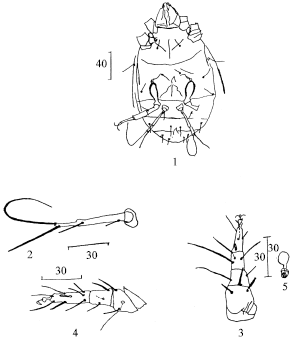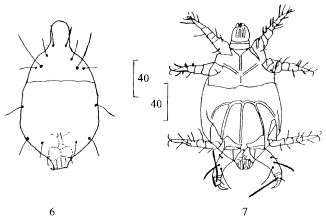Research Article
A New Species of the Genus Tarsonemus Canestrini et Fanzago (Acari: Tarsonemidae) from Tea Gardens of Iran
Department of Plant Protection, College of Agriculture, Guilan University, Rasht, Iran
Abdolhosein Taghavi
Department of Plant Protection, College of Agriculture, Guilan University, Rasht, Iran
Karim Kamali
Department of Plant Protection, College of Agriculture, Guilan University, Rasht, Iran
Ahad Sahragard
Department of Plant Protection, College of Agriculture, Guilan University, Rasht, Iran










